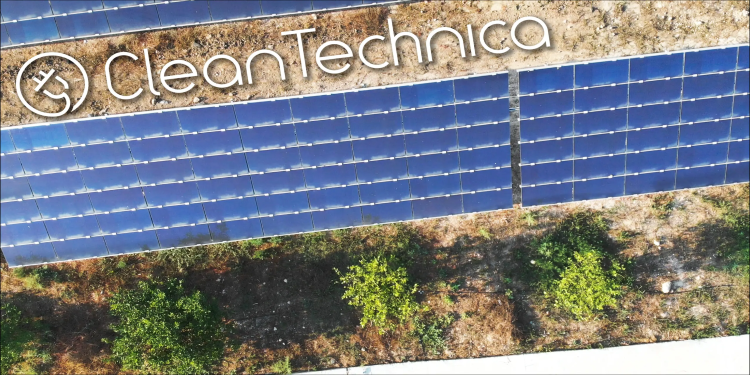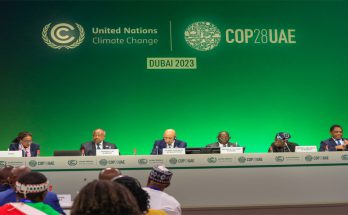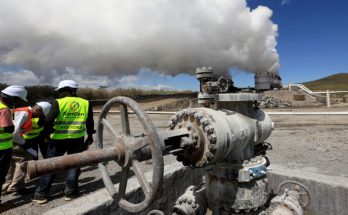 President William Ruto was sworn in as the 5th president of the Republic of Kenya. In his address soon after being sworn in as president, he reaffirmed Kenya’s commitment to transition to 100% clean energy by 2030.
President William Ruto was sworn in as the 5th president of the Republic of Kenya. In his address soon after being sworn in as president, he reaffirmed Kenya’s commitment to transition to 100% clean energy by 2030.
Kenya has already done really well when it comes to increasing the share of renewable energy in its electricity generation mix. According to the latest Economic Survey from the Kenya National Bureau of Statistics (KNBS), in 2021, Kenya’s total installed electricity generation capacity increased by 5.4% to 2,990 MW. The total effective capacity rose by 5.6% to 2,858 MW in the same period. The KNBS report defines the effective capacity as the maximum electric output a power station is expected to achieve given current operating constraints. The total electricity generation rose by 7.0% to 12,414.7 GWh in 2021, and the good news is that 89.6% of this electricity was generated from renewable sources!
Here are some highlights from President Ruto’s address today:
“Africa has the opportunity to lead the world. We have immense potential for renewable energy. Reducing costs of renewal energy technologies make this the most viable energy source. Kenya is on a transition to clean energy that will support jobs, local economies and the sustainable industrialisation. In Kenya, we will lead this endeavour by reaffirming our commitment to transition to 100% clean energy by 2030. We call on all African states to join us in this journey.
“As members of the international community, we shall support a successful Climate Summit in Africa in November, by championing delivery of the finance and technology needed for Africa to adapt to climate impacts, support those in need and manage the transition.”
Kenya’s renewable energy sector is driven by a good mix of geothermal, wind, hydro, and some utility-scale solar. Kenya is already in the top 10 globally in terms of electricity generation from geothermal, with close to 1,000 MW in installed capacity. Kenya’s Great Rift Valley has an estimated geothermal potential of 10,000 MW. This dependable clean energy potential puts Kenya in a great position to get to 100% from renewables very quickly. As the economy grows, electricity from geothermal can be a key anchor. We hope to see some growth in the utility-scale solar space as well. The solar sector still only contributes 1% to the total generation.
Kenya’s progress has attracted interest from local and international players that are looking to leverage this renewable energy dominated grid to catalyze the adoption of electric vehicles. Other stakeholders are keenly exploring the prospects of a green hydrogen economy in Kenya. Some of the areas identified are a strong focus on using the geothermal resources to power electrolyzers to produce green ammonia for local fertilizer production. Local production of fertilizers will be a key rise for the Kenyan economy, with widespread impacts in job creation and reducing the import bill via import substation.
All this locally generated clean, renewable electricity can also help enhance Kenya’s energy security as well as reduce costs in the transport sector as well. Kenya stands to benefit quite a lot from substituting a significant portion of imported petroleum products with this locally generated clean electricity by accelerating the adoption of electric vehicles. Imports of petroleum products contribute a huge chunk of Kenya’s import bill. With Kenya’s trade deficit continuously widening, this import substitution will need to be looked at ASAP. According to the latest Economic Survey from the Kenya National Bureau of Statistics (KNBS), there was a 30.9% growth in imports in 2021.
The increase in imports widened the trade deficit from KSh 999.9 billion in 2020 to KSh 1.4 trillion in 2021. That’s a trade deficit of about US$11.8 billion! Imports rose from KSh 1.6 trillion in 2020 to KSh 2.1 trillion, mainly driven by an increase in imports of petroleum products, the report says.



